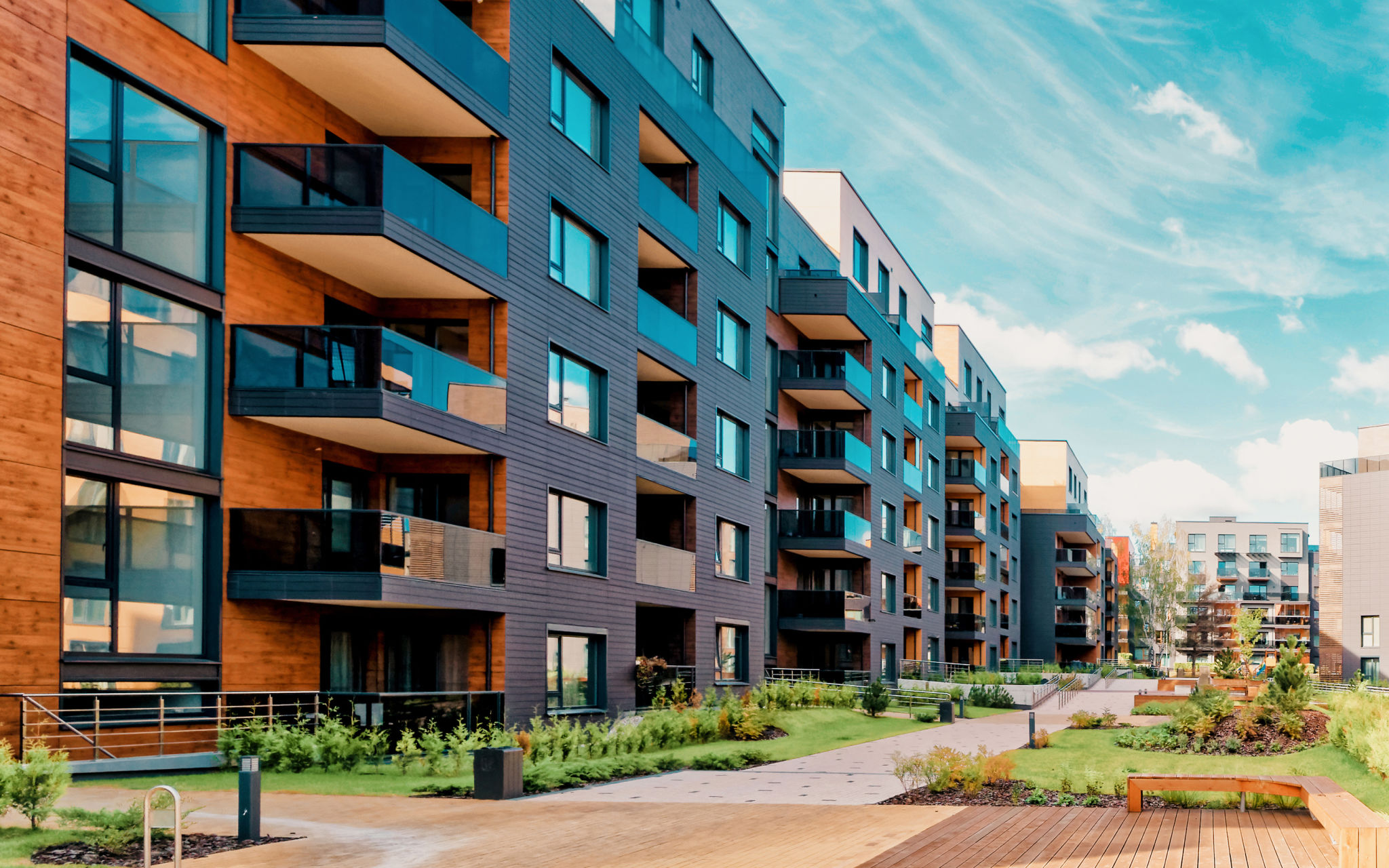Understanding Zoning Regulations for New Developments in St. Petersburg
Es
Introduction to Zoning Regulations
Understanding zoning regulations is crucial for anyone looking to embark on a new development project in St. Petersburg. These regulations dictate how land can be used, the types of buildings that can be erected, and the overall layout of a community. By comprehending these rules, developers can ensure their projects align with local laws and community expectations.
Zoning laws are typically established by local governments and are designed to promote the orderly development of urban areas. In St. Petersburg, these laws are managed by the city's planning department, which oversees all zoning activities to ensure compliance with city plans and ordinances.

Types of Zoning
St. Petersburg, like many cities, is divided into different zoning categories. These categories define the permissible uses for each area and are vital for maintaining a balanced urban environment. The primary zoning classifications include residential, commercial, industrial, and mixed-use zones.
Each zone has its own set of rules and restrictions. For instance, residential zones may have limitations on building height and density, while commercial zones might allow for greater flexibility in terms of property usage. Understanding these distinctions is key for developers to identify the right location for their projects.

Residential Zoning
Residential zoning in St. Petersburg is designed to create living spaces that are safe and conducive to community living. These zones often have restrictions on the type and size of buildings that can be constructed, as well as requirements for open spaces and amenities.
Developers looking to build residential properties need to be aware of these regulations to ensure their projects meet the necessary standards for approval. This includes understanding setback requirements, which dictate how far buildings must be set back from property lines.
Commercial and Industrial Zoning
For those interested in commercial or industrial developments, understanding the nuances of these zoning types is essential. Commercial zoning allows for a variety of business uses, but there may be restrictions related to signage, parking, and even operating hours.
Industrial zones are typically reserved for manufacturing and large-scale operations. These areas might have more lenient building codes but often come with strict environmental regulations to minimize impacts on surrounding neighborhoods.

Navigating the Approval Process
The approval process for new developments in St. Petersburg can be complex. Developers must submit detailed plans that demonstrate compliance with zoning regulations. This often involves working closely with city planners to address any concerns or modifications needed.
Public hearings may also be required, providing community members an opportunity to voice their opinions on proposed projects. It's important for developers to engage with the community early and address any potential issues proactively.
Staying Informed and Compliant
Staying informed about any changes to zoning regulations is crucial for long-term success in real estate development. St. Petersburg periodically updates its zoning codes to reflect changes in urban planning priorities and community needs.
Developers should regularly consult with legal experts or zoning consultants to ensure ongoing compliance with all regulations. By doing so, they can avoid potential legal challenges and ensure their projects contribute positively to the city's growth.

Conclusion
Understanding zoning regulations is an essential step for anyone involved in new developments in St. Petersburg. These rules not only dictate what can be built where but also ensure that all developments contribute positively to the community's fabric.
By familiarizing themselves with the various zoning categories and the approval process, developers can successfully navigate these regulations and bring their visions to life in this vibrant city.